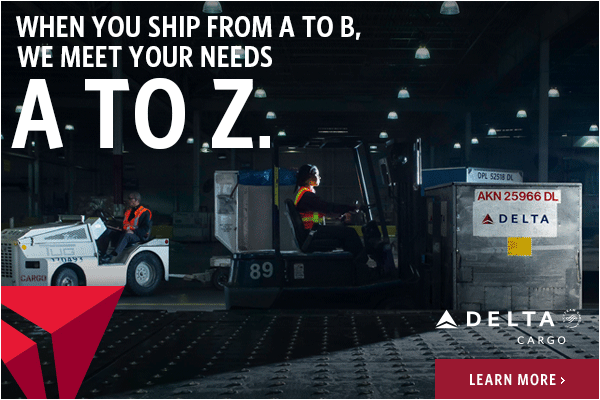 |
 |
 #INTHEAIREVERYWHERE |
| Vol. 15 No. 34 | Thursday
April 28, 2016 |
|
Meet
Andy Page and Patricia Smedley, former UK teachers and
as unlikely a duo for change as you might expect.
The
basic concept of the game is that players run a logistics
business moving different products from China to their
domestic market by land, air, and sea as quickly, profitably,
and environmentally responsibly as they can. Logistics Real Time That’s
right—this old-fashioned board game is no mirage.
Platform For Learning “Two-thirds of
our games were distributed, free of charge, into schools
and colleges nominated by our fifty business sponsors,”
Andy Page said. Not For Profit “Our business is
a particular form of social enterprise called a Community
Interest Company (or CIC). Looking For Sponsors “In partnership
with our sponsors we are currently creating a portfolio
of learning activities for classroom use after playing
the game,” said Andy Page. Fun'n'Games Business Model “We are most grateful
to the fifty business partners that have collectively
sponsored our enterprise,” Patricia adds. Teaching Kids Logistics “‘Business
on the Move’ aims to inspire and excite young
people about how business and global supply chains work,
make connections between the classroom and business
reality, and develop the ‘employability’
that young people need in their future working lives,”
Page and Smedley declare. |
 |
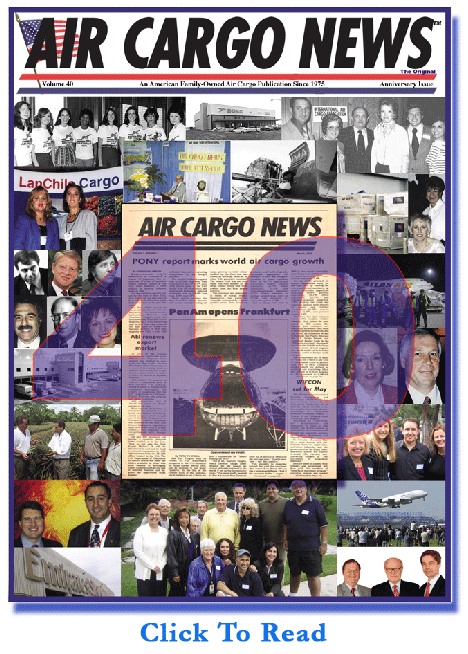 |
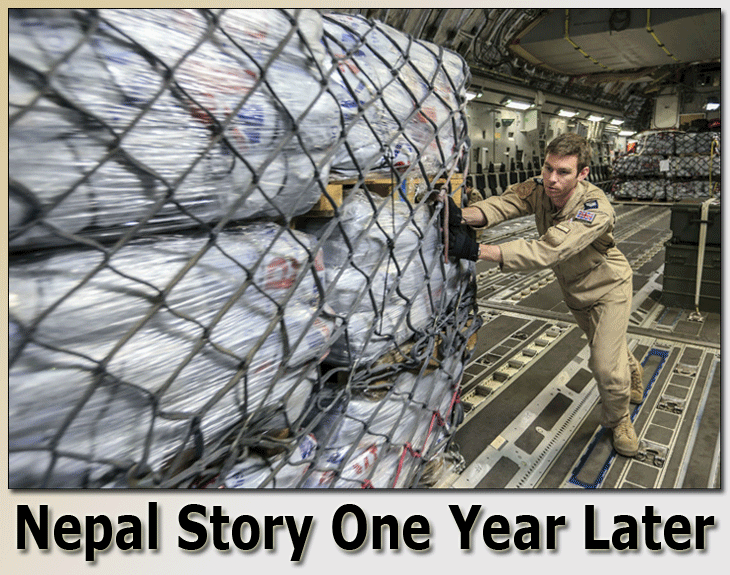
|
 |
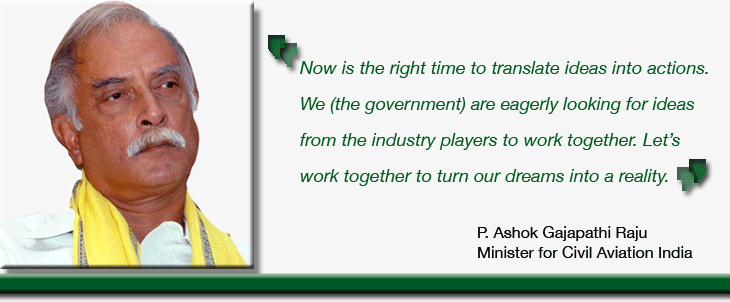
When Prime Minister Narendra
Modi’s cabinet recently opened the doors for the
$75 billion UAE investments in India’s infrastructure,
it also signaled the beginning of a project that had
been hampered by a lack of funds. Set for establishment
near Delhi’s international airport, the ECC or
Exhibition-cum-Convention Centre is only a part of a
project that includes an air cargo complex spread over
144 hectares of land. The project had been hanging in
mid-air for four years owing to a dispute between two
government bodies: the Delhi Development Authority and
the Japan-funded Delhi Mumbai Industrial Corridor Development
Corporation (DMICDC). Now, with the Cabinet directive,
the land has been transferred and work can begin soon.
|
 |
|
Geoffrey, |
If
You Missed Any Of The Previous 3 Issues Of FlyingTypers
Access complete issue by clicking on issue icon or Access specific articles by clicking on article title |
||
 Vol. 15 No. 31 Tristan And American Cargo The Lionel Track At CNS Cargo is Good Country Music Chuckles For April 18, 2016 Remembering Bill Langenberg |
 Vol. 15 No. 32 FIATA Goes Green In San Antonio Not Easy Being Green BIFA Backs Multimodal May Chuckles For April 21, 2016 Eye In The Sky Prince Was American Royalty Passover Blessings |
|
Publisher-Geoffrey
Arend • Managing Editor-Flossie Arend • Film Editor-Ralph Arend • Special Assignments-Sabiha Arend, Emily Arend • Advertising Sales-Judy Miller |
|

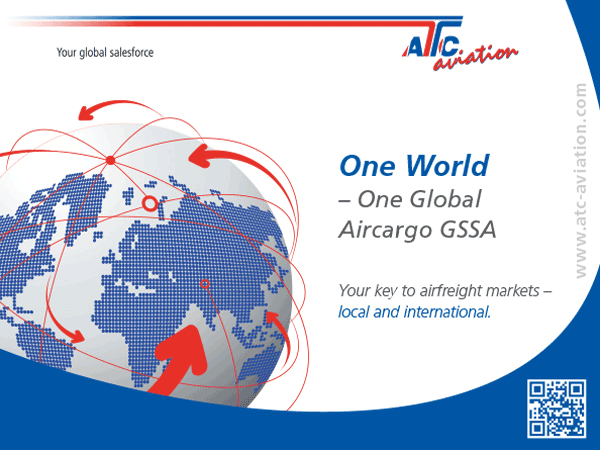
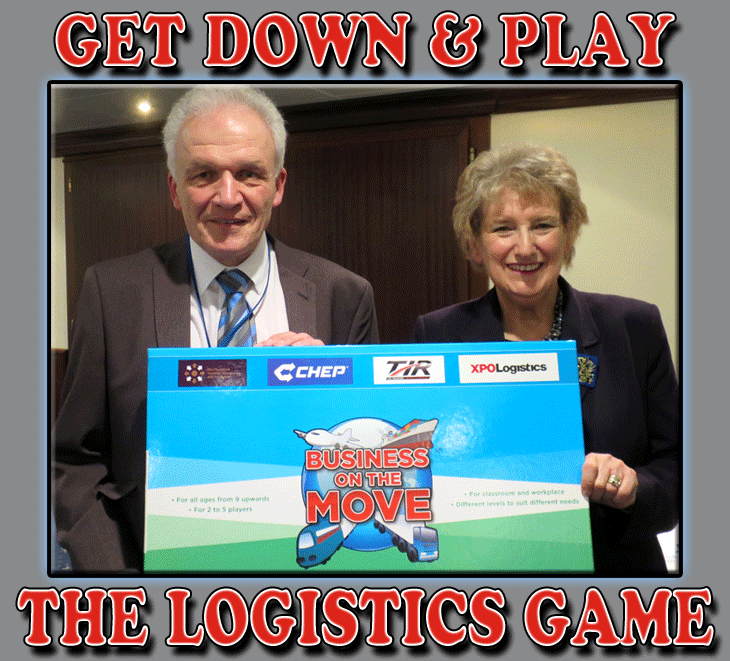
 Teaching
Kids Logistics
Teaching
Kids Logistics
 On
the anniversary of the first Nepal quake on April 25
2015, FlyingTypers caught up with Gagan Mukhia,
Country Manager of DHL Express Nepal.
On
the anniversary of the first Nepal quake on April 25
2015, FlyingTypers caught up with Gagan Mukhia,
Country Manager of DHL Express Nepal. After spending time in
Nepal last year our reporter on the humanitarian disaster,
Mike ‘Sky’ King—exasperated with the
ineffectiveness of the relief efforts—started
working with a brave teenager called Suman Khadka, who
took it upon himself to help his devastated village.
After spending time in
Nepal last year our reporter on the humanitarian disaster,
Mike ‘Sky’ King—exasperated with the
ineffectiveness of the relief efforts—started
working with a brave teenager called Suman Khadka, who
took it upon himself to help his devastated village.


 The
major initiatives to enhance the facilities came through
PPP projects at four of the AAI-controlled airports
at Chennai, Kolkata, Ahmedabad, and Jaipur. In addition,
a number of Greenfield airports were constructed. Cargo
throughput at airports in the country went up significantly:
International cargo throughput increased by 8.3 percent
and domestic by 19.3 percent in April-December 2014-15
compared with the corresponding period in 2013-14.
The
major initiatives to enhance the facilities came through
PPP projects at four of the AAI-controlled airports
at Chennai, Kolkata, Ahmedabad, and Jaipur. In addition,
a number of Greenfield airports were constructed. Cargo
throughput at airports in the country went up significantly:
International cargo throughput increased by 8.3 percent
and domestic by 19.3 percent in April-December 2014-15
compared with the corresponding period in 2013-14. RE:
RE:
